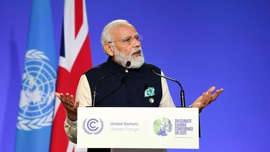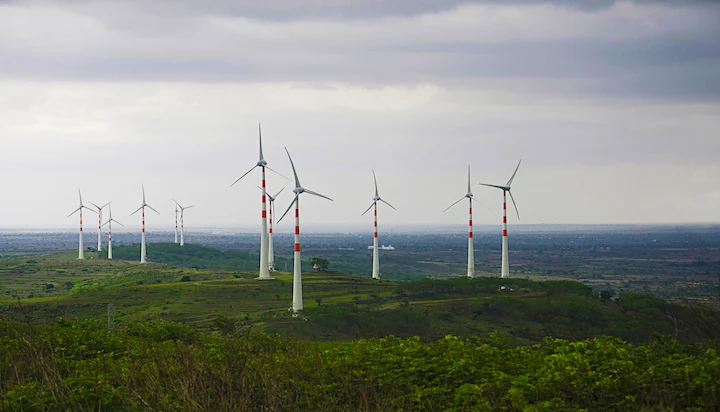Indian lenders channeled more funds to clean energy projects compared to coal-based ones for a third straight year in 2020 with more expected to flow into the renewables sector in the coming years after Prime Minister Narendra Modi unveiled ambitious goals last month for cutting emissions.
Clean energy projects got 74% of the total funds from financial institutions last year, or 243.8 billion rupees ($3 billion), according to a report by New Delhi-based research organizations Climate Trends and Centre for Financial Accountability. That’s a 6% rise from 2019 approvals for clean energy projects of about 229.71 billion rupees in 2019.
Just 85.2 billion rupees, or 26% of the 2020 funds from Indian lenders went to coal-fired plants, data from the report showed. This represents an 86% slump in approvals for coal plants since 2017 and is in line with declining availability of funds globally for fossil-fuel projects.
This trend is expected to continue after Modi announced India’s plan for net zero emissions by 2070 at COP26. Modi also raised India’s 2030 target for low-emission energy capacity to 500 gigawatt from 450 GW and to wants the country to generate half its electricity using renewable energy.
Renewable energy forms 40% of India’s current installed capacity of 392 GW while coal remains the mainstay at 52%, according to government data.
The report, which analyzed 42 project finance loans worth 329.97 billion rupees that closed last year, showed that solar energy got most of the financing and commercial banks didn’t lend to coal projects. Only the state-run Power Finance Corporation and Rural Electrification Corporation disbursed funds to fossil fuel-based projects.
Despite lenders favoring clean energy, lending for coal in 2020 grew by 40% to 85.2 billion rupees after two straight years of declines as the state-owned banks emerged as the lenders of last resort. Also the number of coal projects getting financing have fallen although India has brought online significant coal capacity with about 34 GW getting built and another 21 GW in the pipeline.
“Worryingly, the stranded risk of these assets is significant,” Climate Trends and CFA said in the report. “As the growth in India’s energy demand slows, and the number of renewable energy installations rises, the utilization rate of coal plants will continue to decline. As such, their economics will deteriorate further.”
Source: msn.com








